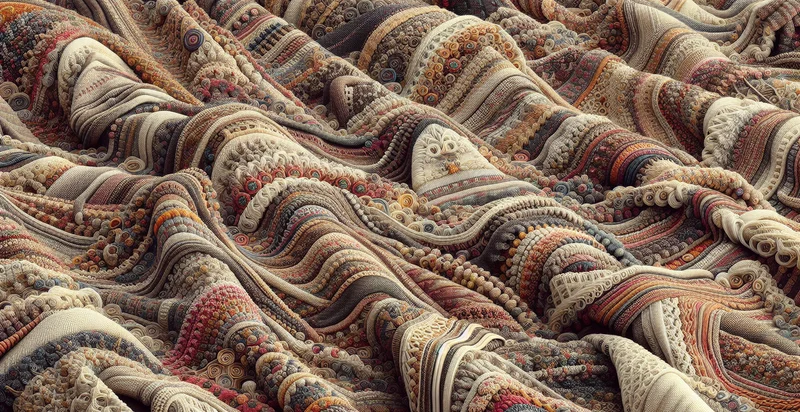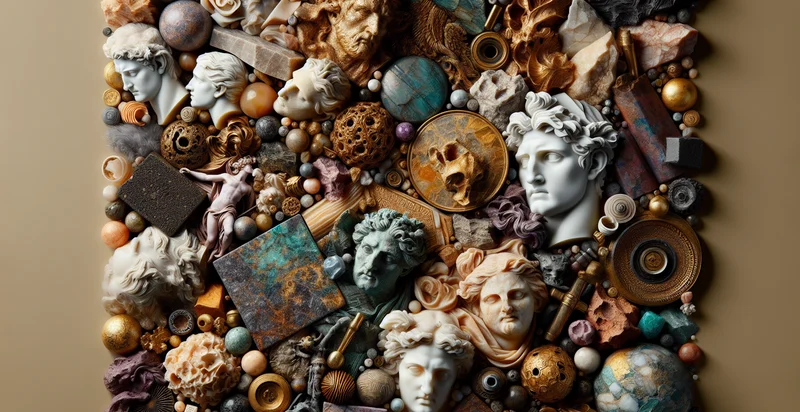Identify what material a gavel is made from
using AI
Below is a free classifier to identify what material a gavel is made from. Just upload your image, and our AI will predict what material a gavel is made from - in just seconds.

Contact us for API access
Or, use Nyckel to build highly-accurate custom classifiers in just minutes. No PhD required.
Get started
import nyckel
credentials = nyckel.Credentials("YOUR_CLIENT_ID", "YOUR_CLIENT_SECRET")
nyckel.invoke("what-material-a-gavel-is-made-from", "your_image_url", credentials)
fetch('https://www.nyckel.com/v1/functions/what-material-a-gavel-is-made-from/invoke', {
method: 'POST',
headers: {
'Authorization': 'Bearer ' + 'YOUR_BEARER_TOKEN',
'Content-Type': 'application/json',
},
body: JSON.stringify(
{"data": "your_image_url"}
)
})
.then(response => response.json())
.then(data => console.log(data));
curl -X POST \
-H "Content-Type: application/json" \
-H "Authorization: Bearer YOUR_BEARER_TOKEN" \
-d '{"data": "your_image_url"}' \
https://www.nyckel.com/v1/functions/what-material-a-gavel-is-made-from/invoke
How this classifier works
To start, upload your image. Our AI tool will then predict what material a gavel is made from.
This pretrained image model uses a Nyckel-created dataset and has 9 labels, including Acrylic, Ceramic, Composite, Glass, Metal, Plastic, Rubber, Stone and Wood.
We'll also show a confidence score (the higher the number, the more confident the AI model is around what material a gavel is made from).
Whether you're just curious or building what material a gavel is made from detection into your application, we hope our classifier proves helpful.
Related Classifiers
Need to identify what material a gavel is made from at scale?
Get API or Zapier access to this classifier for free. It's perfect for:
- Judicial Equipment Verification: The function can be used by court administrators to verify the material composition of gavels before procurement. This ensures that the gavels meet the required standards for durability and aesthetic appearance in courtrooms.
- Museum Exhibit Curation: Museums can implement this function to accurately classify and label historical gavels in their collections. By identifying the material, curators can provide visitors with enhanced insights into the craftsmanship and historical context of each piece.
- Legal Merchandise Quality Control: Retailers specializing in legal accessories can utilize the function to validate the materials used in the production of gavels. Ensuring high-quality standards can enhance customer trust and boost sales in legal merchandise.
- Forensic Analysis: Law enforcement agencies can use this function for forensic investigations to determine if a gavel was used in a crime. Identifying the material can link a suspect to a specific gavel and strengthen case evidence.
- Material Sourcing for Artisans: Woodworkers and artisans producing gavels can leverage the function to ensure they are using the right materials. By identifying materials, they can select viable options that optimize durability and aesthetics according to industry standards.
- Import/Export Compliance: Customs officials can utilize this function to verify the material composition of imported/exported gavels. Ensuring compliance with regulations regarding specific woods and materials will help maintain environmental protections and trade standards.
- Educational Purposes in Law Schools: Law schools can integrate this function into their curriculum to teach students about the significance of traditional judicial tools. Understanding the materials used in gavels can foster appreciation for their historical and cultural importance in the legal system.


